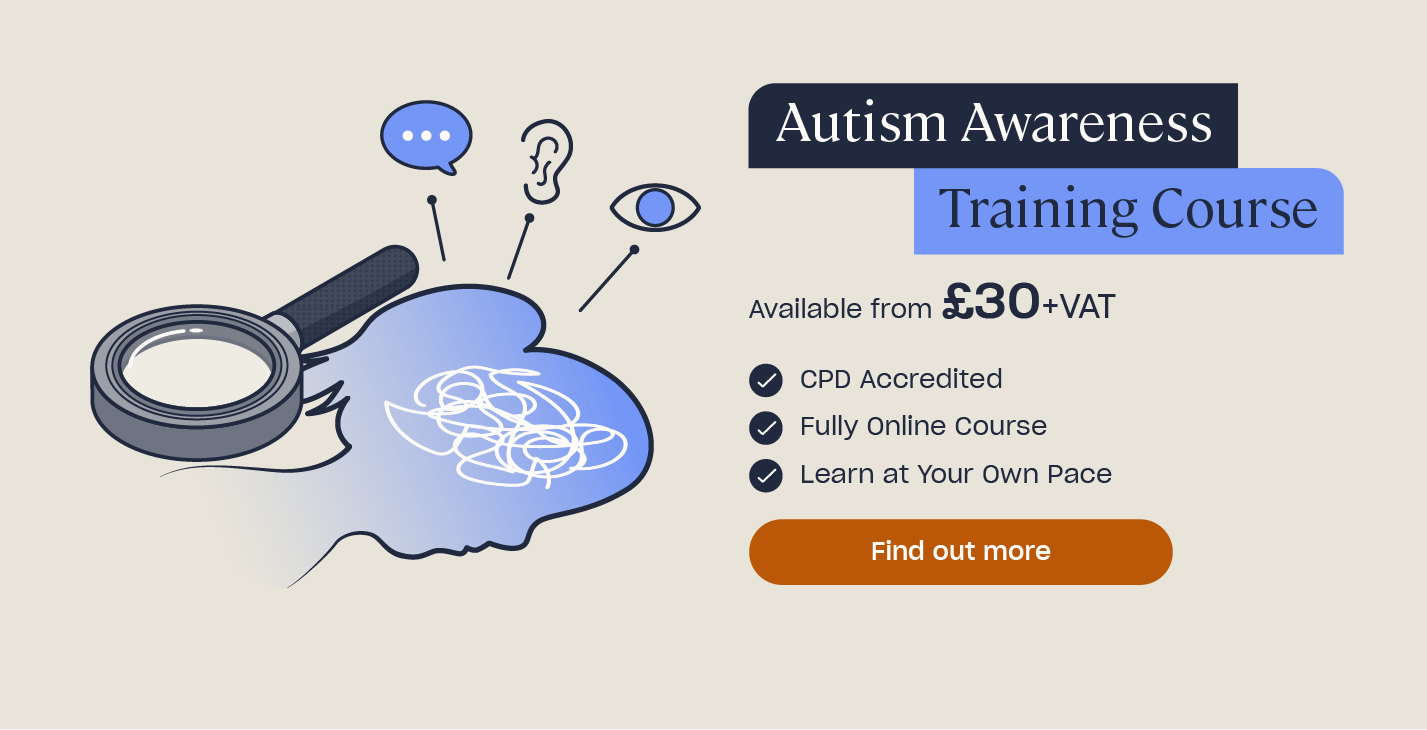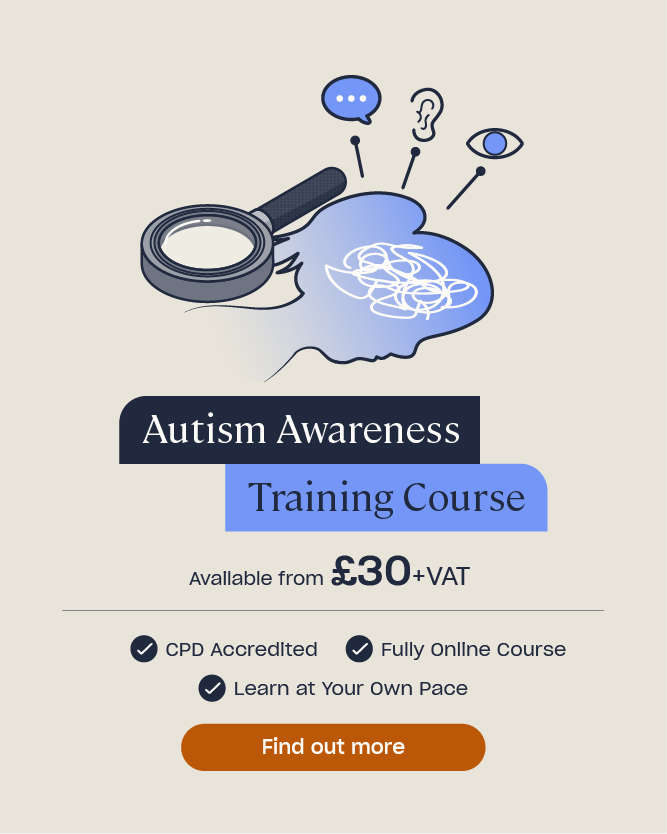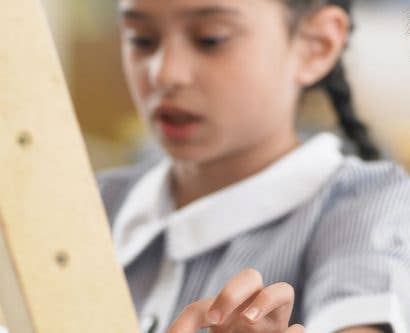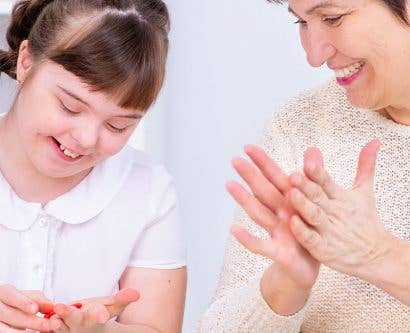Now and Next Board: Free Template
Some children can find transitioning from one activity or task to another challenging. It is important to support children through change. One way to help with this is by using a now and next board. Now and next boards are used as a visual strategy to help children. They are useful for both parents and teachers to help children understand and complete tasks.
In this article, we will outline what a now and next board is and why you might use one at home or in the classroom. We will also explain how to use a now and next board successfully and provide a free template for you to download.
What is a Now and Next Board?
A now and next board is a tool that helps children to understand what tasks they are going to do and when. The boards have two parts, one side shows what is currently happening and the other shows what is going to happen.
The boards contain the words ‘now’ on the left hand side and ‘next’ on the right hand side. Parents or teachers place an activity that needs to be done, such as tidying up, bathtime or homework, above the word ‘now’ so that the child knows what they are expected to do. Above the ‘next’ side will be the next activity the child will do.
Once the ‘now’ activity or task has been completed, you can either cross through the visual drawing or remove it from the board. Depending on what works best for the child, you should then communicate to the child that the activity is done and you will be moving on to the ‘next’ activity or task. For other children, it can aid focus and independence when the child moves the activity on themselves.

The boards come in a variety of different styles and can be tailored to suit the child’s needs. Now and next boards can be done on whiteboards and you can draw the visual aid yourself. Alternatively, you can print out images depicting different tasks to place on the board. Other boards can be printed or laminated with interchangeable activities. Now and next boards can also be extended to now, next and then boards depending on the child’s needs and how many tasks they can manage.
Why Should we Use Now and Next Boards?
Now and next boards are a great way to help parents or teachers break down instructions and daily routines into clear steps for the child to understand. In this way, the child can see what is expected of them and when, promoting their independence and responsibility for certain tasks.
Breaking down information, such as tasks, into ‘chunks’ can help support their working memory and can reduce cognitive overload. Separating tasks to be done one at a time and in order, reduces a seemingly large workload into small, manageable chunks.
In addition, if a child understands what is happening now and what is going to happen, it can help to reduce their anxiety around change and uncertainty. This also helps the child to focus on what they are supposed to be doing ‘now’, knowing that they don’t have to worry about the ‘next’ task until they are finished.
Now and next boards can be used at home and in educational settings, therefore parents and teachers can both benefit from them. It is a great way to prompt and encourage children to complete the tasks independently.
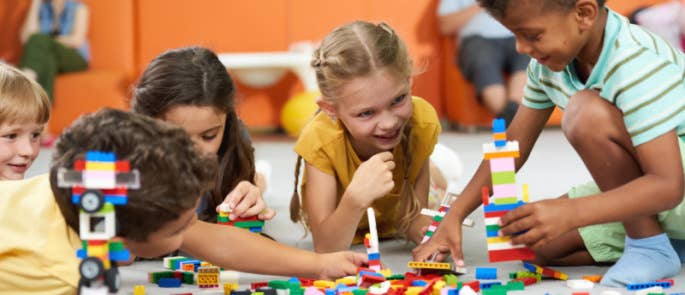
Supporting Autistic Children with Now and Next Boards
Transitions and changes can cause a great deal of anxiety for many autistic children. Changes to routines are sometimes unavoidable, so using visual aids, such as the now and next board, can help the child understand what is happening and what is being asked of them. Making the child aware of what is going to happen can also give the child time to process and become familiar with the task.
For some autistic children it is important to give concrete times and stick to them. For example, if you say they will read for 20 minutes, it must be 20 minutes. Words like ‘soon’ or ‘later’ are terms that some autistic children find hard to understand.
When communicating with an autistic child, it is important to use a method of communication that they prefer. This will differ between children but for some, visual aids are the most accessible. Now and next boards can help to overcome communication challenges as they use visual information, rather than just speaking. They are also very simple boards that make clear what is happening now and what is going to happen, without adding confusion with unnecessary information.
Another way that now and next boards can be helpful for autistic children is by including their interests. Autistic children often have intense interests, sometimes referred to as ‘special interests’. These differ between individuals but the topic is often extremely engaging for the child and can bring a sense of comfort.
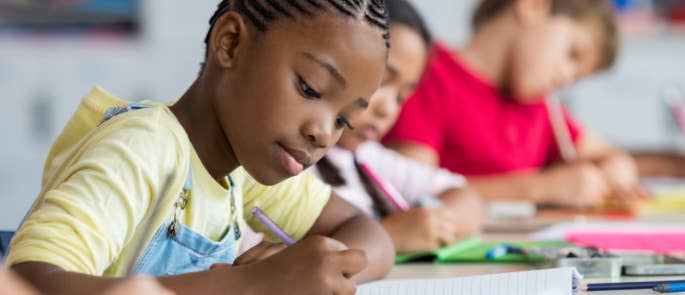
Reflecting their interests in the ‘next’ task on their board can help motivate them to complete the ‘now’ task. This rewards the child for their behaviour and can help to ease the transition from one activity to another if the second task is something that they want to engage in. You can also ‘theme’ the now and next board around their interests to make it more personal and meaningful for them.
Looking to Learn More?
Our online training course Special Educational Needs and Disabilities (SEND) in the Classroom will teach you what you need to know to ensure you are fulfilling your legal responsibilities and following best practice for supporting children. For more information on Autism, take a look at our Autism Awareness and Autism Awareness in Education.
As with all strategies to support autistic children, there is no one-strategy-fits-all. Your support should always be individualised. Many autistic children might benefit from a now and next board but it will not be an effective strategy for all autistic children. For example, for autistic children with pathological demand avoidance (PDA), the board could increase demand on them rather than support them.
How to Use Now and Next Boards
As mentioned, now and next boards can be used in a variety of settings, as well as with a variety of activities and tasks. The boards can be adapted to be specific to certain environments, from classroom activities and tasks, to activities and tasks at home.
You can also adapt the now and next board so it is suitable for a child’s specific needs and age. Some children may need the boards to show specific colours, others may prefer boards that have text and images to explain the task. Tailoring the now and next board to the child’s specific needs can help them to be more engaged and more likely to complete the tasks.
Now and next boards can be used for every daily task that the child is involved with. For some children, it will be helpful for the now and next board to be built into their routine and used every time they need to complete a task. However, be mindful that some children may only complete an activity if it is on the board.
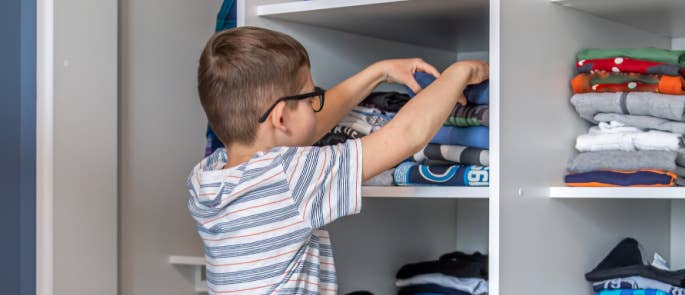
The boards can be a very effective tool to help promote positive behaviours – by motivating children to complete a task and receive their reward activity. Showing the child what they can do ‘next’ once they have finished the first task can be a great motivator and way to engage in a positive activity or task.
To effectively introduce the now and next board, children will need to be explicitly taught how it works and how it will be used. On its own, the board will not suffice, it has to be implemented and consistently used in order to be effective. No matter the setting it is being used in, all adults must know how and when it is being used so that the message remains consistent for the child.
It can be helpful to allow the child some control over the now and next board by allowing them to physically add the activities or tasks onto the board, and to remove them when they are completed. This involves the child in the transition and reiterates that when the task or activity has been completed, the other task or activity will be started.
Some tips for using now and next boards include:
- The first time you use the board, using quick activities or tasks that the child enjoys to introduce the board. This will help motivate the child, keep them engaged and they will be more likely to react positively to the board the next time you use it.
- Reinforcing the board by referring to it whilst doing the activity or task, and after the activity or task has been completed.
- Using the most appropriate visual aid for the child, this could be photographs, symbols, images or drawings.
- Using clear and simple language when talking about or referring to the now and next board so there isn’t an overload of information.
Now and Next Board Template
Here we have provided a free template of a now and next board for you to download. The template comes with some example activities and tasks, you can add to these and take away any as you see fit.
Now and next boards are visual aids that can be used to show children what is happening now and what is going to happen. They are very useful for helping a child that struggles with change or transitions and can be used in educational settings and at home, as well as being adapted to suit each child’s specific needs.
Further Resources:
- Autism Awareness Training Course
- Supporting Pupils with SEN in the Classroom: Guidance for Teachers
- What is Autistic Masking?
- Autism Feelings Chart for Children
- The Importance of Routine for Children: Free Weekly Planner
- What is the Graduated Approach?
- How to Support a Child with Autism in the Classroom
- 7 Creative Classroom Exercises for Teaching SEN Children
